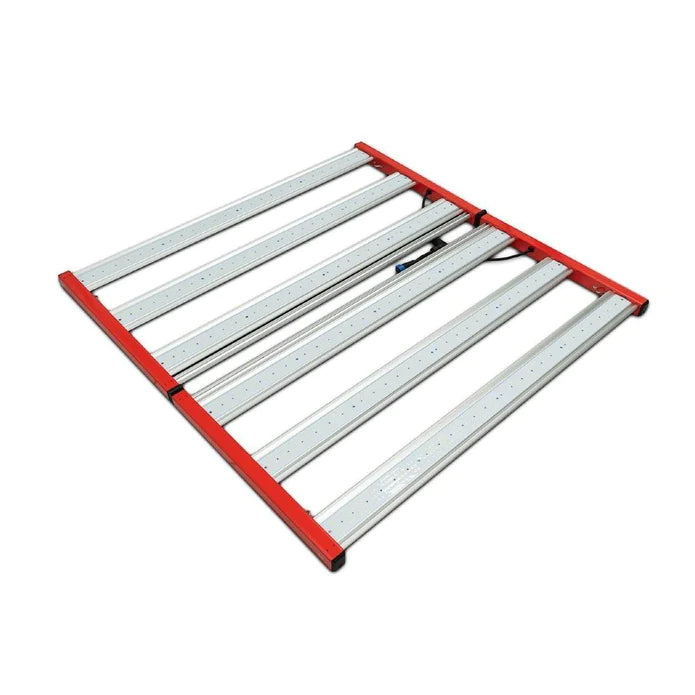
Filtration Made Easy with Ashless Filter Paper
, by Avery Benitez, 4 min reading time

, by Avery Benitez, 4 min reading time
BVV offers a wide range of filtration aid with a variety of particle retention suited to your needs. In this blog, we explain the uses and benefits of Ashless Filter Papers.
Filtration is the mechanical-physical separation of solids from a fluid that, if not done, would otherwise compromise various characteristics of your product. Proper filtration is key to obtaining a high-quality and safe product that processors strive to create.
Even the most versed processors often deal with pesky solids in their extract. Plant material can easily escape centrifuge bags and material columns. Or worse - your filtration media can escape its housing! BVV offers a wide range of filtration aid with a variety of particle retention suited to your needs. In this blog, we explain the uses and benefits of Ashless Filter Papers.
Here Are Some Things To Know About our BVV™Ashless Filter Papers
Being made of biodegradable cellulose, our BVV™ Ashless Filter Papers may be a great alternative to mesh gaskets and/or steel filters. Cleaning with filter papers is almost effortless. Simply remove the filter and discard - guilt-free, might we add, due to the material’s biodegradability!
How do I choose the correct paper?
Begin by deciding what size paper you may need. While our BVV™Ashless Filter Papers come in standard sizes, they can be cut to size simply by outlining the paper with the correct diameter and using a simple, sharp slicing tool like a Xacto knife.
The next step is to think of what you are trying to retain. Working with winterized waxes, for example? In this case, you might not need a 1um filter and can use paper of different micron sizes. We often recommend going with larger particle retention just to ensure an efficient flow when possible. The smaller the retention capabilities, the slower the rate of filtration. To know more about the filtration rates of different micron sizes, you can refer to this blog.
If you are trying to retain filter media from a Color Remediation Column CRC, you would want to use a filter paper with correct retention suited to the particle size of the media. Choosing the wrong filter paper for your intended retention size may cause inefficiencies in your process. It is recommended to be familiar with the manufacturer’s specs, often provided on the packaging of your media. Retention size is key!
Did you know that we offer Qualitative and Quantitative BVV™Ashless Filter Papers?
Filtration paper is often classified into two categories, qualitative and quantitative. The percent of ash produced upon burning is what determines the type. Qualitative papers have an ash content of <0.1% while Quantitative paper has a much smaller ash content of <0.007%.
Sometimes we want to weigh/identify/quantify the solids collected on our filter. You can tare the weight of the filter on a scale, but you may still have inaccuracies, such as the filter adding weight from the absorbed solvent. You can remove the solids, but cannot ensure all the solids were collected off the paper. To get around this, it is common lab practice to take the filter/solids to a drying oven, heat the filter to ash, and collect the remaining solids. With such a small ash content, you would be left with a more accurate representation of the target material without filter residue skewing your data. [NOTE: burning the filter paper is only recommended if the solids are not heat-sensitive.]
With product quality and safety as your end goal, your filtration process can greatly benefit from the use of filtration media and aids. Not sure where to start? BVV can work with you to integrate the optimal filtration program that will best meet your needs. For any questions, you may call our customer support at (331) 281 0154.


